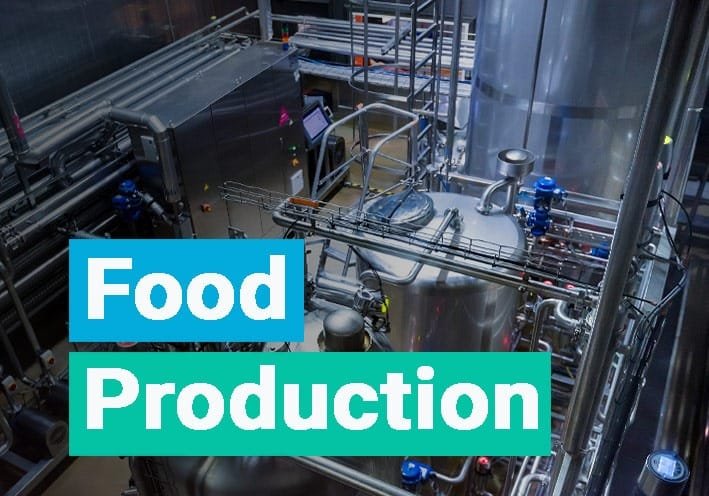Stainless steel’s almost 100-year history with food and drink
Stainless steel has a long history with food and drink, close to 100 years. The reasons why the relationship has sustained are primarily attributable to several key facts. Stainless steel is:
- Corrosion-resistant in almost all conditions, making containing food and drink safe.
- Inherently non-toxic when used in food manufacturing and processing.
- Easily and safely cleaned, disinfected and sterilised due to its non-absorbent surface.
- Inert (forming a Chromium Oxide film once reacting with oxygen in air, water or otherwise) and ensures stainless steel remains stable and corrosion-resistant.
- Self-repairing (inert and stable layer of Chromium Oxide), even if affected by conditions that exceed inherent corrosion-resistance.
- Free from leaching of container metal into the food or drink it holds.
- Best known for its first early use in cutlery, between 1913-1920.
Stainless steel fabrication is designed to ensure these advantages.
Stainless steel versatility enhances its properties
These properties are not compromised by the processes undertaken to create stainless steel products. The following additional properties demonstrate the high versatility of stainless steel:
- Ductility that measures its ability to withstand tensile stress. Stainless steel can be stretched into a thin wire without becoming weak or brittle in the process.
- Malleability that means stainless steel can be shaped into something else without breaking its inherent properties.
- Weldability that means it retains its properties even with welding joints (using appropriate welding processes, equipment and components).
Welding is integral to stainless steel fabrication and processes ensure additional risks are not introduced.
Stainless steel uses in food industry
Common uses of stainless steel in the food industry include:
- Containers for storage and transportation e.g. milk trucks, wine tanks, cold storage.
- Processing equipment used in industrial plants e.g. processing of fruit and vegetables, dry foods such as cereals, flour, sugar; fish processing, brew kettles and beer kegs, utensils such as blenders and bread-dough mixers.
- Food processing, machinery, pipework and equipment used in catering facilities, restaurants, hospitals and industrial kitchens.
- Animal processing equipment.
- Household equipment such as electric kettles, ovens, fridges, cookware, kitchen fittings, sinks, counters and drains, as well as bowls, knives, forks and spoons.
A great number of the above uses will today be made by stainless steel fabrication processes and especially laser cutting and other CNC methods.
EU regulations
European regulations and guidelines require food contact materials to be safe with no leaching from containers in quantities that could be harmful to human health. The Council of Europe (CoE) in 2013 published new guidelines, on the use of metals and alloys in food contact processes.
Stainless steel is safe for food and drink
- The inert property of stainless steel is enhanced and improved significantly after initial exposure and with repeated use over time.
- Increasingly stronger chemicals in food preparation such as citric acid (naturally occurring in citrus fruits) and commonly used as a food stimulant, does not compromise inert stability of stainless steel.
Other jurisdictions’ regulations
Equivalent regulations apply in other countries including as follows:
- US – Food Safety Modernisation Act (2011).
- China – revised Food Safety Law (2015).
- India – recent tightened regulations on food contact materials.
- France and Italy – have enhanced requirements given particular importance of their respective food industries (especially culinary).
- These are a minute reference to the extensive laws, regulations, guidelines for food safety that have been produced over decades and continue at a pace.
Stainless steel = food safety
Food safety and stainless steel have pretty much become synonymous with each other.
Nijen Stainless Fabrications has over more than 20 years been serving the industry stainless steel fabrication Northern Ireland and more recently also laser cutting Northern Ireland. The food and drink industry in Northern Ireland has over these years grown a great deal. Its safety is assured by extensive use of stainless steel.
